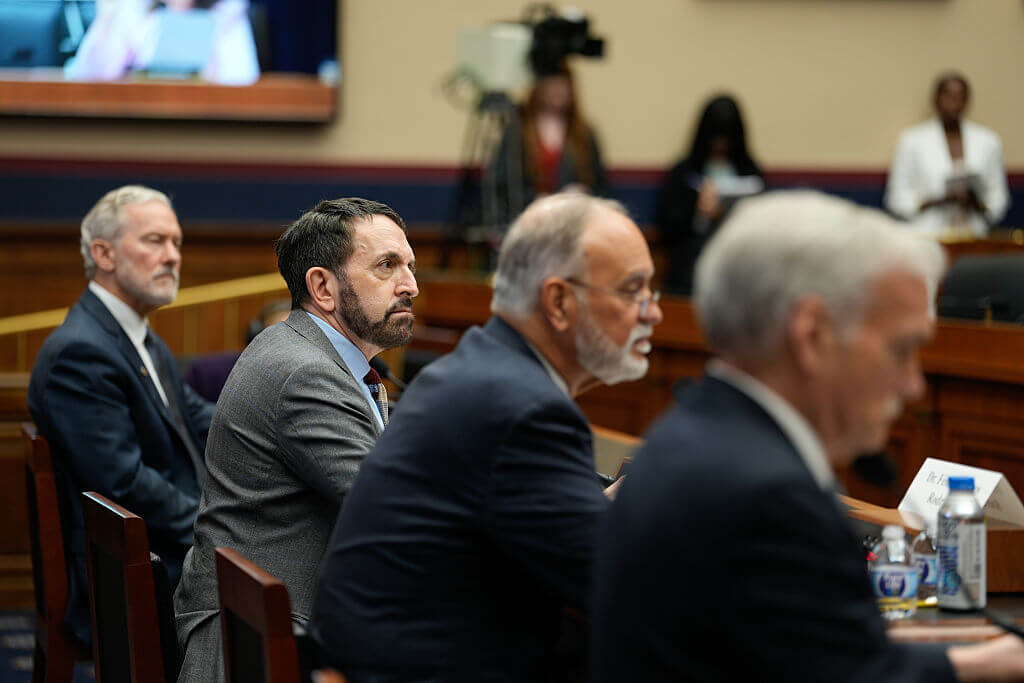5 Jewish Things About the MacArthur ‘Genius’ Grants

Graphic by Angelie Zaslavsky
If there’s a Jewish gene for smarts, the list of MacArthur Fellows might be proof positive. American Jews have been heavily represented among recipients of the “Genius Grants,” the $625,000 annual prizes given to the nation’s most promising artists, scholars, and writers. It’s no different this year, as laurels go to the composer Julia Wolfe and the music critic Josh Kun. Here’s a run-down of five Jewish things about the prestigious awards.
There’s Always Been At Least One Jewish Recipient
The MacArthur Foundation established the grant program in 1981, and Jews have been in every class since. Sometimes, that figure goes much higher than one. There were four Jews among last year’s group of 24 winners.
A MacArthur Grant Paid for Critical Holocaust Research
Saul Friedlander, the pre-eminent Holocaust chronicler, won a “Genius Grant” in 1999. He used the money to support research into the second volume of his magisterial history of the Shoah, “The Years of Extermination: Nazi Germany and the Jews, 1939-1945.”
Someone Won A Grant for Saving Yiddish Literature
Aaron Lansky received a prize in 1989 for saving hundreds of thousands of Yiddish-language books from moldering away in the attics of old men and women. It’s a dramatic story, recounted in his memoir “Outwitting History.” Collected at the Yiddish Book Center in Amherst, Massachusetts, the archive represents one of the largest collections of pre-war Jewish writings.
2 Jewish Mathematicians With the Same Last Name Have Won
Two (unrelated) Jewish mathematicians with the same last name have won MacArthur Fellowships. The first, Gregory Chudnovsky, earned the grant in 1981 for his work on large-scale mathematical computation. The second, Maria Chudnovsky, received the honor in 2012 for her research in a field known as graph theory.
One ‘Genius’ Created Jewish Dance Prayer Rituals
Liz Lerman, selected as a fellow in 2002 for her innovative choreography, has used her own synagogue, the Reform-affiliated Temple Micah of Washington, D.C., to incorporate dance and movement into religious services. Pieces of hers have featured titles like “The Good Jew?” and “Shehechianu.”
_Contact Daniel J. Solomon at [email protected] or on Twitter @danieljsolomon.__





















